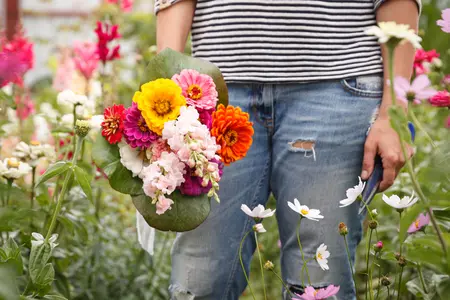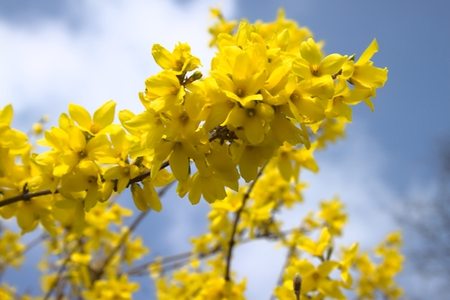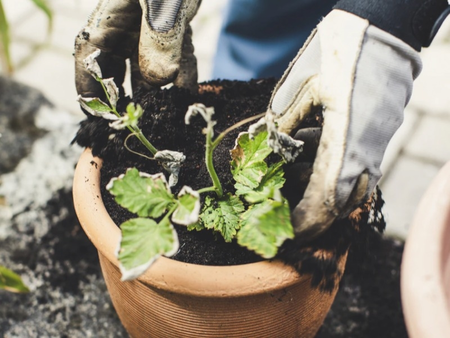
Container gardening enables you to create a garden anywhere – on a balcony, patio or windowsill. To help you get started, we’ve put together our tips on the most common container gardening mistakes to avoid.
Avoid these seven container gardening tips
-
Avoid using lots of small containers. Small pots dry out fast and need frequent watering. A space filled with lots of small pots can also feel cluttered and claustrophobic. Using big pots in a small area may seem counter-intuitive, but it’s true - a few large pots will have more impact, making the space feel more spacious and easier to maintain.
-
Don’t let your plants become rootbound. This happens when there’s no more space in the pot for the roots to spread out, so they grow into a tangled mass. Once roots start growing through the drainage holes, it’s time to repot your plant into a bigger container, ideally with a diameter 8-10cm (3-4in) larger than the existing container. When re-potting container-grown shrubs and trees, make sure they are at the same depth in the new container, as planting too deep can cause the trunk to rot.
-
Don’t forget to feed your container plants. Although the compost they’re planted in contains nutrients, these get used up in the first 4 to 6 weeks after planting, and nutrients also get washed out of the pot every time you water. Different plants have different feeding needs, so do your research first. For example, container-grown tomatoes need a fortnightly high-potash feed once they start to produce fruit, while succulents like sempervivums need minimal extra feeding.
-
Water your container plants regularly, and don’t just rely on rainfall, as your plants’ foliage can stop rain from reaching the compost. Dig your finger into the compost to check whether container plants need watering to see whether it is still moist below the surface or use a moisture gauge. Don't forget your Willy! :D
-
Don’t apply liquid feed if your pots are dry. Water your plants first and then use a diluted liquid feed; otherwise, it’s difficult for the roots to absorb the nutrients and don’t be tempted to ignore the dilution instructions – liquid feed will burn plant roots if it’s too concentrated.
-
Good drainage is absolutely essential for container plants, so don’t forget to check that containers have drainage holes (drill some if necessary). Before putting compost in new pots, place a few crocks (pottery shards) or big stones over the holes to stop compost from clogging them up, and raise pots on pot feet over winter to prevent your plants from sitting in cold, soggy compost.
-
Big pots can be weighty when filled with compost, so don’t try to move them after planting. Place pots in their final position whilst empty and then add your compost and plants
As the largest stockist of pots in the West Midlands - you'll be spoilt for choice at Lakeside!







